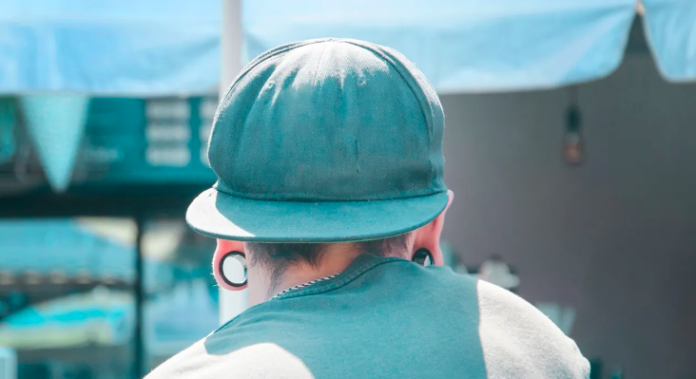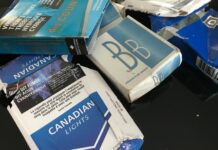Ear stretching is among the oldest forms of beauty enhancement known to man. Formerly used by specific communities as a cultural tradition, ear gauging is now widespread. You can put unique types of jewelry, such as EAR GAUGES, to maintain the gauge and enhance beauty. This jewelry is also known as a spacer and is made of different materials. The spacers require cleaning like any other items you put on your body. However, the way of cleaning isn’t the same due to material differences. Here is how to clean them.
Wood
Wooden spacers are susceptible to cracking or breaking if submerged in water because wood absorbs water. Therefore, you shouldn’t wear them when taking a bath or swimming. As for cleaning, you should use a dry or slightly damp cloth, which will be a quick and gentle surface wipe. You will then let them air dry, after which you can apply oil to prevent drying and cracking.
Bones and Horns
Water can damage gauged ears, and jewelry made of organic material like bones and horns. These materials absorb water and swell; therefore, it would be best to can them with a damp cloth. You can use soap if the jewelry is soiled, and some specific ones, like ivory, require cleaning using a fine-tipped paintbrush or warm water if soiled. You should polish them with organic oil for proper maintenance.
Stones
Some spacers are made of natural or synthetic stones. These spacers are the easiest to clean because they don’t absorb water and can withstand a lot of washing. You will need lukewarm water, a soft-bristled brush, and antibacterial soap to clean them. And like the ones above mentioned, you should dry and polish them before wearing them.
Glass
Cleaning spacers made of glass requires warm running water to clear the accumulated sebum and dead skin. After cleaning, you will polish them using essential oil for maintenance and lubrication. You can use antibacterial soap but never alcohol-based or hydrogen peroxide cleaning agents due to the risk of infection.
Acrylic
Acrylic spacers are synthetic and very porous. This feature class is for regular cleaning and caution while it helps to prevent bacterial build-up. You should, however, avoid harsh chemicals because they might irritate your skin. Cleaning them using warm water and bacterial soap would be best. After that, you should wipe them and let them air dry before polishing them with natural oil.
Metallic
Metallic spacers are also easy to clean since they are scratch-resistant and non-porous. Cleaning them is still necessary, and you will do so using warm water and a bristle brush. Note that despite being non-porous, you should wipe the spacers dry and polish them before putting them on.
Conclusion
Ear stretching is a way of enhancing your beauty which requires jewelry like EAR GAUGES to compliment it. However, you shouldn’t put it on and forget about it. The spacers require cleaning to prevent smelling and proper maintenance to avoid cracking. Therefore, you should use the information in this article to clean and maintain different types of spacers you will find in reputable jewelry stores.










![Anso FG Reviews: UPDATED 2024 [ansofg.com] Anso FG Reviews UPDATED 2024 [ansofg.com]](/wp-content/uploads/2023/12/Anso-FG-Reviews-UPDATED-2024-ansofg.com_-100x70.png)







